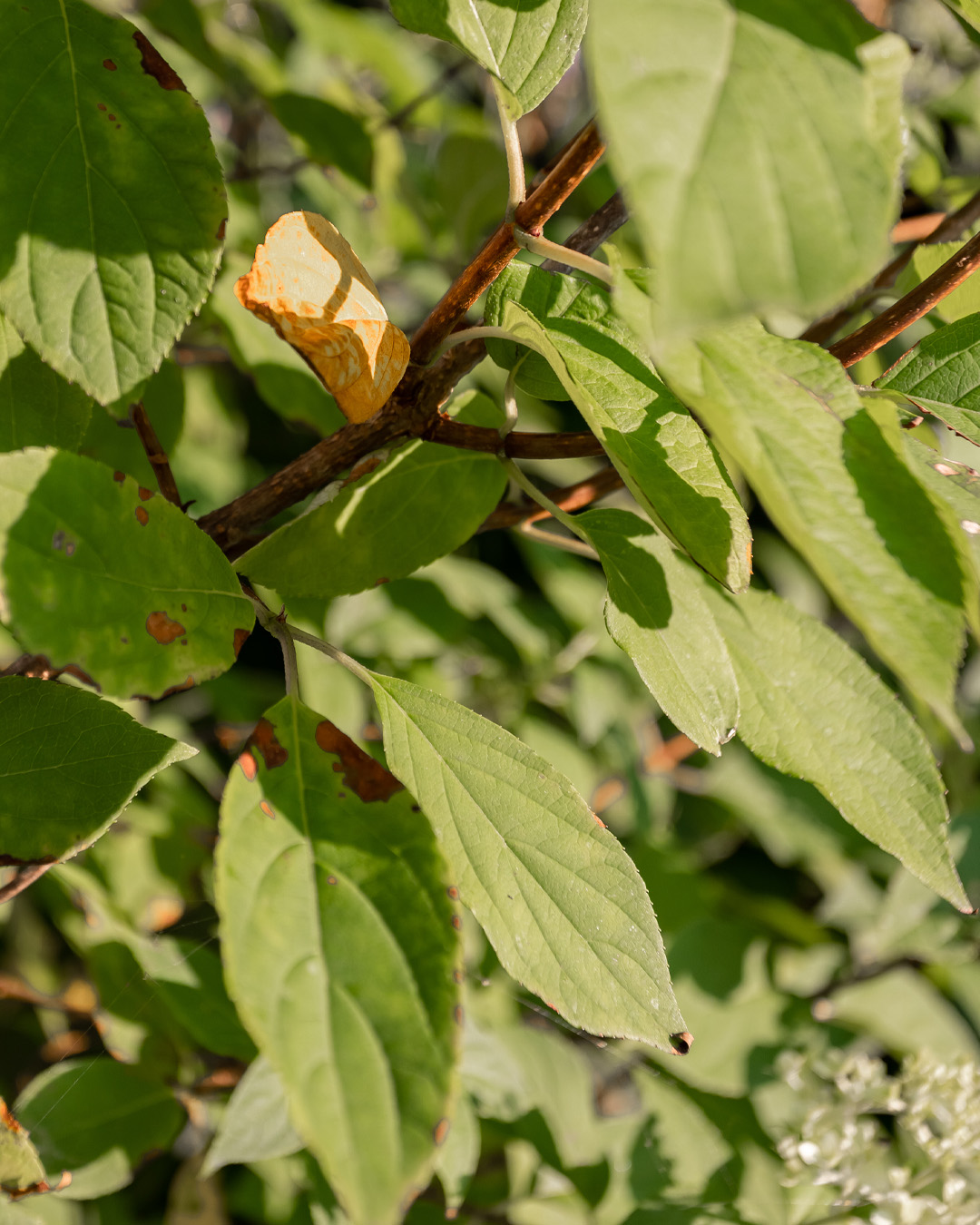Some Of Hydrangea Leaves Turning Yellow
Wiki Article
Everything about Hydrangea Leaves Turning Yellow
Table of ContentsSome Ideas on Hydrangea Leaves Turning Yellow You Need To KnowEverything about Hydrangea Leaves Turning YellowHydrangea Leaves Turning Yellow - TruthsSome Of Hydrangea Leaves Turning YellowThe Hydrangea Leaves Turning Yellow PDFs10 Easy Facts About Hydrangea Leaves Turning Yellow Described
These problems are easy to determine and fix if you take actions before origin rot embed in. A dampness meter can aid assist you to the very best technique of improvement. Large fallen leaves typically look saggy during the mid-day warmth. When they fail to cheer up in the night or still look shrivelled in the morning, your plant can be overwatered.Get rid of the plant from the soil and trim out any origins that aren't white and swollen (plump). Don't attempt to fix the problem by watering excessively.

The Facts About Hydrangea Leaves Turning Yellow Revealed
Initially appears on the older fallen leaves, but the leaf blood vessels remain environment-friendly. While there is generally adequate iron in natural soil, hydrangeas usually struggle to soak up sufficient of it.The very best means to avoid iron deficiency-chlorosis in hydrangeas is to grow them in suitable ericaceous or acidic soil. When growing in a bed, mix in some peat or reduced-peat ericaceous compost and examine the p, H value yearly. This is required because the compost mixture around the plants will influence the p, H value of the soil over time and the p, H worth might climb once more.

See This Report about Hydrangea Leaves Turning Yellow
September is the ideal time of year to do something about those hydrangeas. Their fallen leaves are transforming yellow, the blossoms have discolored, and their gangly appearance is making you crazy.Mophead, Lacecap and Oakleaf hydrangeas flower on old timber. Do not trim Mophead, Lacecaps and Oakleaf hydrangeas to the ground, as you will get rid of the stems that are prepared to bloom next spring.
By doing this you will not be getting rid of way too many of next year's flower buds. Trim out as much dead wood as you can locate. You can cut nonessential down to the ground. If the bush is getting bigger than you like, you can obtain a third of the online wood while you're in there.
Not known Details About Hydrangea Leaves Turning Yellow
We're right in the middle of our late-blooming hydrangea season here, so I thought I would certainly share a tip for this particular sort of hydrangea that I discovered actually intriguing. A great deal of people have a similar problem with their panicle hydrangeas where they begin to see the leaves turning yellow and handing over at different components of the period and it can be quite remarkable and quite worrying since it can happen actually quickly on a bush that appears like it's otherwise really healthy and balanced.I've shared it on Instagram prior to, but I realized I've never ever informed you concerning this in an actual, full article, so today I'm looking after that. When I state that this uses to panicle hydrangeas, that means the sort of hydrangeas that commonly flower later visit here on in summer season, usually around August.
Where we live in zone 6, they're quite easy to have success with and they're actually popular in our location, which is excellent since that indicates that there are hydrangeas nearly all over at this time of year. When you see your hydrangea leaves beginning to turn yellow, you may assume that your plant is passing away or being abused somehow, but in fact, the reverse holds true.
The 7-Minute Rule for Hydrangea Leaves Turning Yellow

Courtenay is the writer of the publication The Cleaning Ninja and has been included in countless magazines including Nation Sampler Farmhouse Style, Better Homes and Gardens, Parents Magazine, Real Simple, and top article Our Houses.
Water logged soil deprives the origins of oxygen, resulting in root rot and yellow fallen leaves. On the other hand, underwatering or dehydration creates the plant to wilt and its vegetation to yellow. Maintaining a constant watering schedule and ensuring proper water drainage through water drainage holes or layers can assist prevent these concerns.
How Hydrangea Leaves Turning Yellow can Save You Time, Stress, and Money.
Regularly check the soil acidity, and readjust as needed to maintain the optimum p, H level for hydrangeas. With proper care and maintenance, hydrangeas can flourish and keep their brilliant, vibrant fallen leaves. Hydrangea leaves transforming yellow is a common issue that can be connected to various variables. Among the key factors is incorrect watering, as hydrangeas require continually moist soil to thrive.The kind of yellowing seen (e. g. the setting of the impacted leaves on the plant, and/or the pattern and position of the yellowing on the leaf itself) will certainly often vary according to the reason. The chlorosis is often gone along with by other symptoms offering more hints as to the cause, e.Instances consist of sap-sucking parasites such as aphids, red crawler mites and whiteflies, and origin feeders such as creeping plant weevil and cabbage root fly. Once more it is typically possible to locate the wrongdoer on the leaves or among the origins.
Report this wiki page